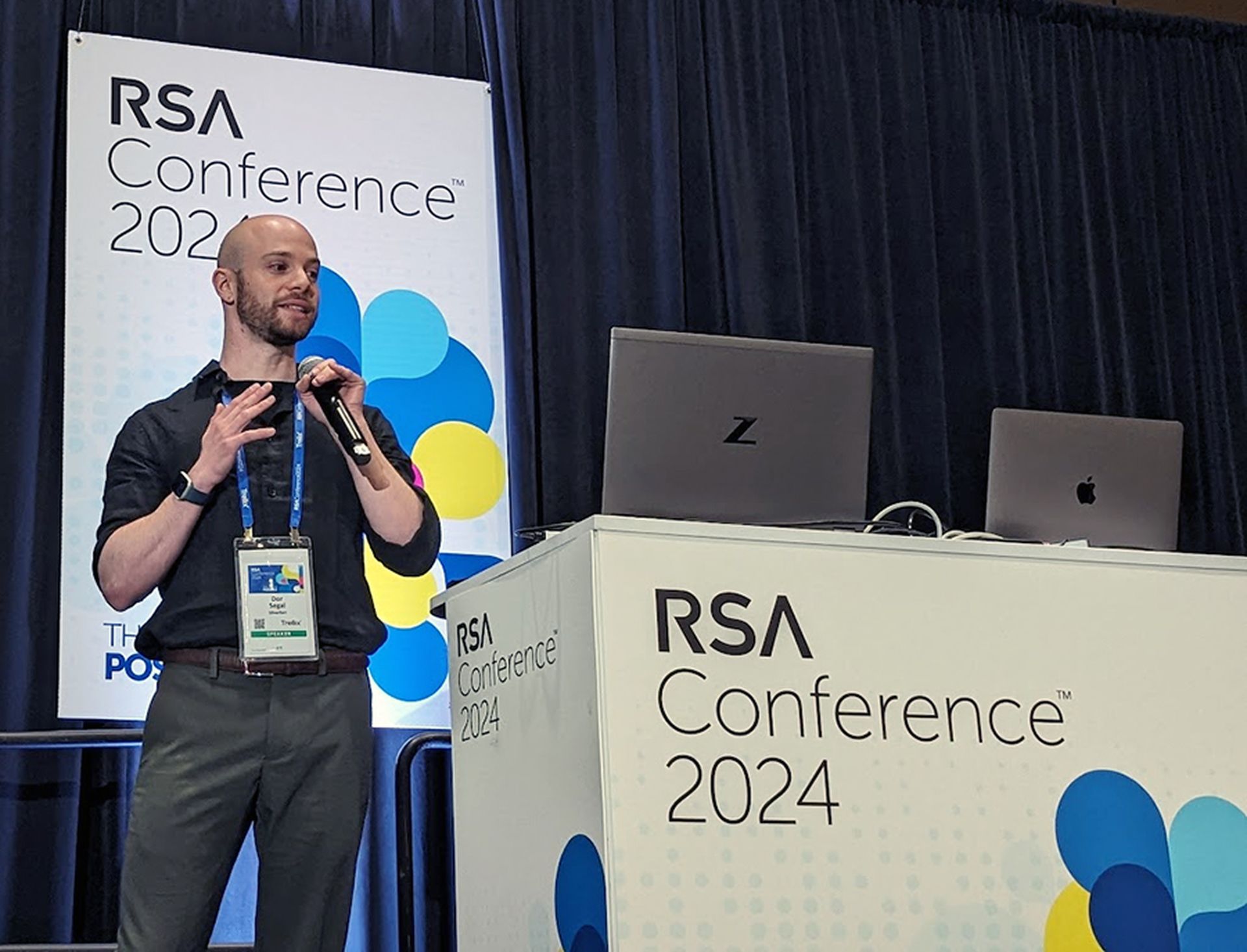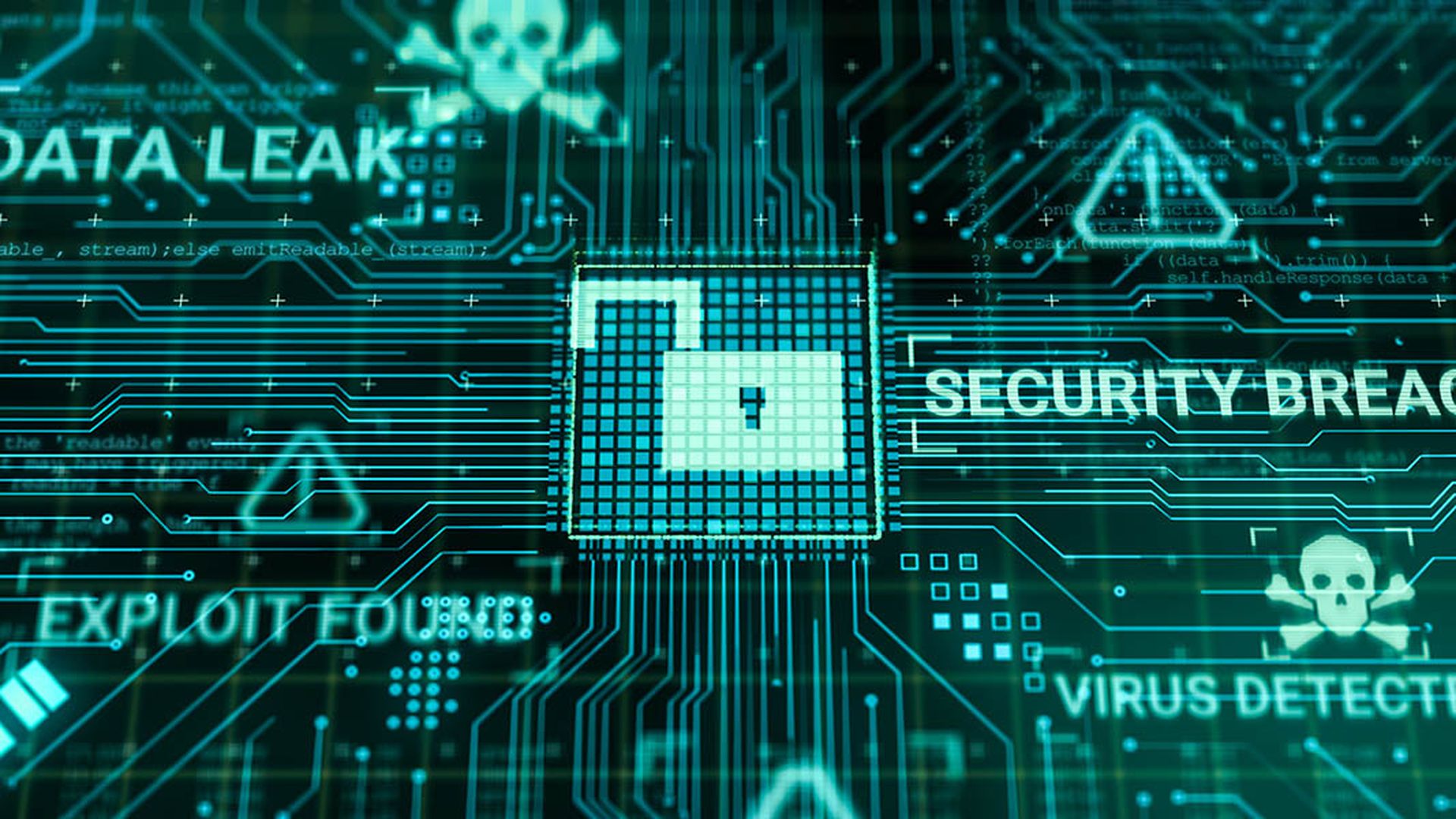- Taylor Lehmann, CISO at Wellforce health system and Tufts Medical Center in Boston, Mass.
- Elie Nasrallah, director of cybersecurity strategy at HITRUST, the Health Information Trust Alliance
- Clyde Hewitt, VP of security strategy at health care IT consulting firm CynergisTek
Threat Management, Malware, Ransomware
A postmortem of the Grey’s Anatomy ransomware episode: Accurate or Hollywood hyperbole?
Bradley BarthMedical drama Grey's Anatomy has killed off a lot of characters in its 14-year run. But in the Nov. 16 mid-season finale, titled “Out of Nowhere,” Grey-Sloan Memorial Hospital itself was on life support after its network became infected with ransomware, causing machines all over the facility to malfunction.
The storyline was no doubt a timely one, following a string of real-life ransomware attacks on hospitals and health-care facilities over the past two years. But how accurate was it in terms of portraying what an actual ransomware attack looks like? SC Media consulted with three leading health care cybersecurity experts to find out what was realistic and what was dramatic license. (Sadly, however, we could not persuade them to weigh in on the McDreamy vs. McSteamy debate.)
Our experts:
Related Events
Get daily email updates
SC Media's daily must-read of the most current and pressing daily news



